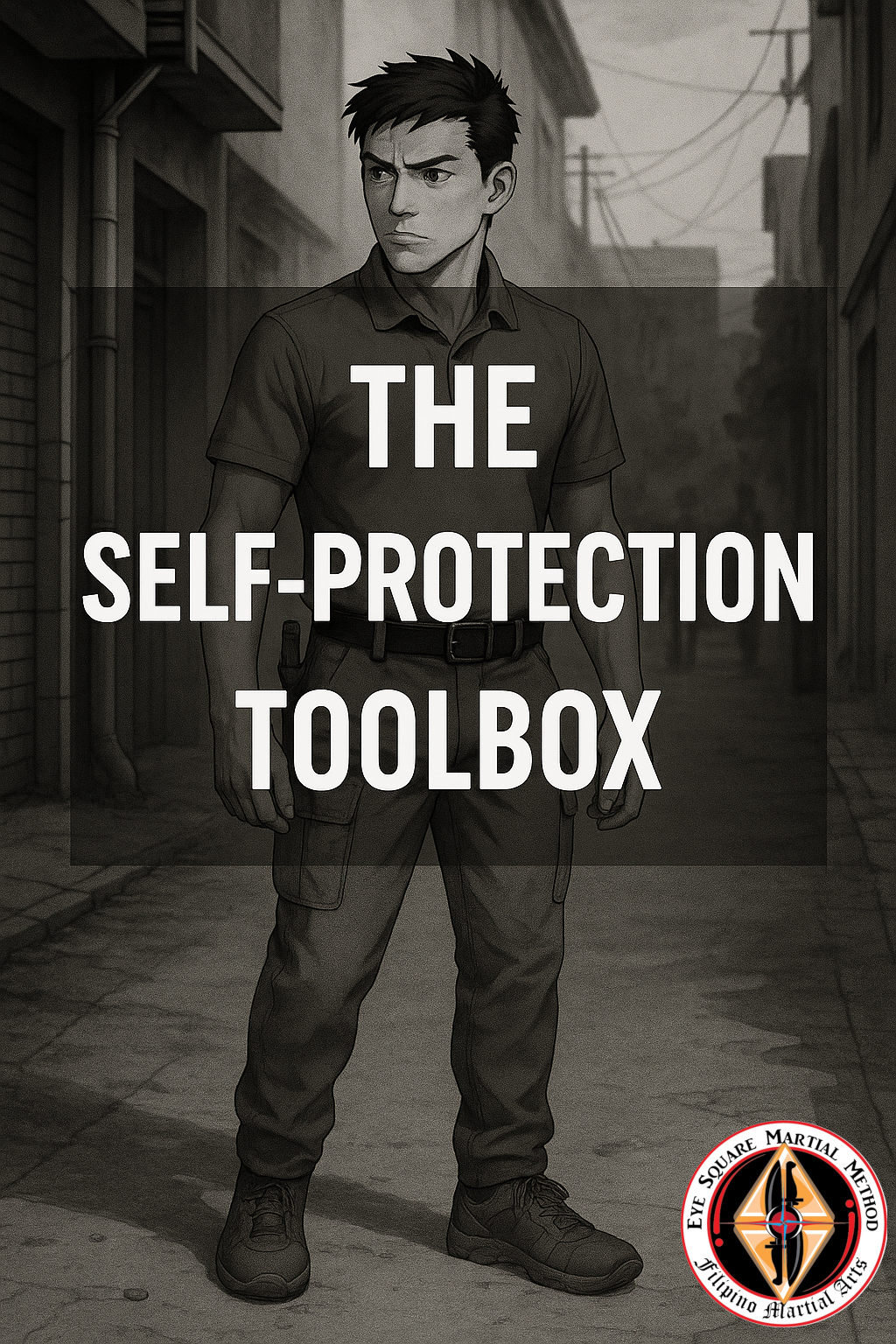When I first started martial arts, I was a young man with borderline-high blood pressure and very little understanding of what violence actually looked like. The school I joined had a section of its curriculum labeled “Self-Defense Techniques,” and being the naïve student I was, I assumed that because I was learning martial arts, I was learning self-defense.
Fast forward about ten years, and I came across Meditations on Violence by Rory Miller. That book hit me like a freight train. It forced me to reckon with the fact that I knew next to nothing about real self-defense—let alone the broader and more accurate concept of self-protection (a term that reaches far beyond just physical skills, and yes, self-defense is a legal term, not a tactical one).
As I’ve explored in previous parts of this series, protecting yourself and others is about much more than knowing how to throw a punch.
At the highest level, it begins with mindset:
- Understanding why and where violence happens
- Knowing what you’re willing to die for—or go to prison for
Below that, you have conduct—how you move through the world:
- The way you dress
- What tools or gear you carry
- How you carry yourself
- Your ability to maintain awareness
- Your willingness to enforce your boundaries
With the right mindset and conduct, you can avoid the vast majority of violent situations. Most predators look for easy targets. If you don’t make yourself one, they’ll likely move on.
But avoidance isn’t always possible. When conflict still arises, that’s when specific skillsets come into play:
- Situational awareness
- Emotional regulation (especially under stress)
- Interpersonal skills and de-escalation tactics
And only when all else fails do we fall back on physical force. Even then, it’s not just about “winning”—you also have to navigate the legal aftermath of a violent encounter.
One of the cruel ironies of self-protection is this:
The simpler the tool, the more often it’s needed.
The more complex the skill, the less likely you’ll use it.
It takes just a few seconds to think about how you dress and present yourself. But building the physical and emotional skills to handle a violent encounter might take years. And understanding the legal landscape? That could take a lifetime.
This series exists to help you build a complete toolbox—mental, emotional, physical, and legal—for self-protection. Because being prepared doesn’t mean being violent.
It means being ready.
Want to build your own self-protection toolbox? Start with Part I: Flipping the Switch.


